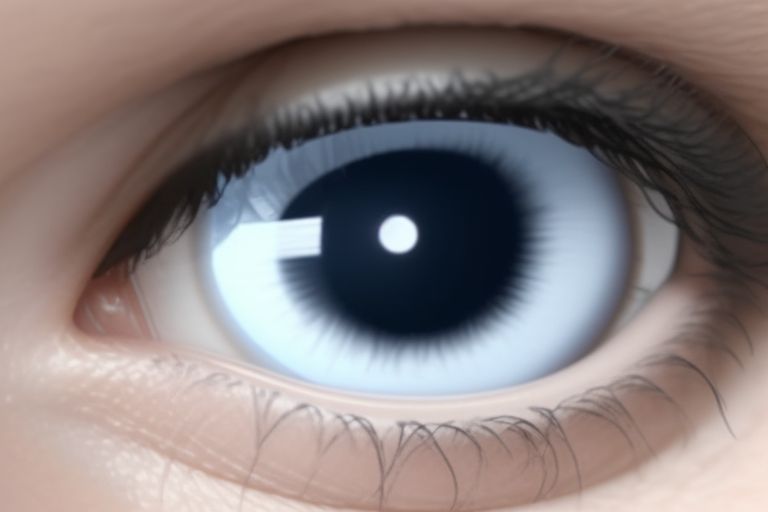Numerous health conditions’ outcomes have been found to be well-predicted by machine learning. Japanese researchers have now developed a method to forecast the quality of vision that individuals with severe shortsightedness will experience in the future.
A machine-learning model that effectively predicts and visualizes the long-term risk of visual impairment was created by researchers from Tokyo Medical and Dental University (TMDU) and published in JAMA Ophthalmology recently.
Individuals who have high myopia, or extreme shortsightedness, are able to focus on objects at a distance but have trouble seeing up close. Their vision can be corrected with contacts, glasses, or surgery, but having high myopia is not only annoying—it is associated with a condition called pathologic myopia half the time, and complications from this condition are the main causes of blindness.
According to Yining Wang, lead author of the study, although they are aware that machine-learning algorithms perform well when used for tasks like detecting changes and complications in myopia, the goal of this study was to find out how well these algorithms perform when it comes to long-term predictions.
In order to achieve this, the group conducted a cohort study in which they examined the visual acuity of 967 Japanese patients at the Advanced Clinical Centre for Myopia at TDMU after three and five years. They created a dataset using 34 variables, including age, corneal diameter, and current visual acuity, which are frequently obtained during ophthalmic examinations. Next, they put a number of well-known machine learning models to the test, including support vector machines and random forests. When it came to forecasting visual impairment at five years old, the logistic regression-based model outperformed the others.
Predicting results, though, is just one aspect of the tale. Senior author Kyoko Ohno-Matsui adds, “It’s also important to present the model’s output in a way that is convenient for making clinical decisions and easy for patients to understand.” The classification model was visualized by the researchers using a nomogram to achieve this. A line with a length indicating the significance of each variable for visual acuity prediction is assigned to it. These lengths can be translated into points, which can then be tallied to produce a final score that illustrates the likelihood of future visual impairment.
Individuals who lose their vision permanently frequently experience physical and financial hardships as a result of their diminished independence. In 2019, it was estimated that severe visual impairment would cost USD94.5 billion in lost productivity globally. This study has demonstrated that machine-learning models have good potential to help address this increasingly significant public health concern, which will benefit individuals as well as society at large, even though the model still needs to be evaluated on a larger population.








